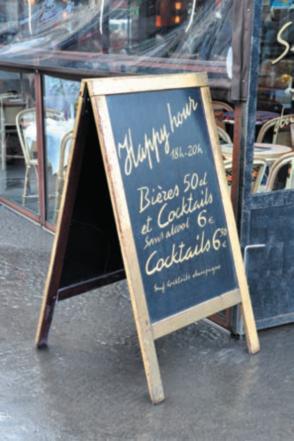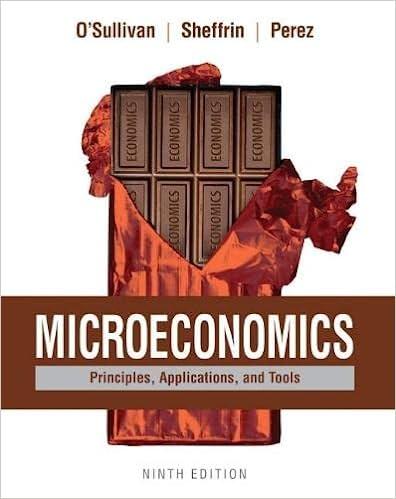Consider the phenomenon of happy hour. Many bars and restaurants near workplaces face an increase in demand
Question:
Consider the phenomenon of “happy hour.” Many bars and restaurants near workplaces face an increase in demand for food and drink around 5:00 P.M., and many cut their prices for an hour or two. According to the model of perfect competition, an increase in demand will lead to higher, not lower prices. What explains the happy-hour combination of higher demand and lower prices?
Bars are subject to monopolistic competition. Each bar has a local monopoly within its neighborhood, but faces competition from other bars outside its neighborhood. For an individual consumer, the higher the demand for food and drink, the greater the incentive to consider alternatives to the nearest bar. If you expect to purchase large quantities of bar food and drink, the savings achieved by finding a lower price at an alternative bar will be relatively large. In other words, when individual demand increases, each bar faces a more elastic demand for its products. In a market subject to monopolistic competition, the bar’s rational response to more elastic demand (more sensitive consumers) is to decrease its price. In graphical terms, the demand curve facing each bar becomes flatter, and the demand curve will be tangent to the average-cost curve at a larger quantity and a lower price and average cost.

Question.
How does monopolistic competition compare to perfect competition?
Step by Step Answer:

Microeconomics Principles Applications And Tools
ISBN: 9780134078878
9th Edition
Authors: Arthur O'Sullivan, Steven Sheffrin, Stephen Perez





